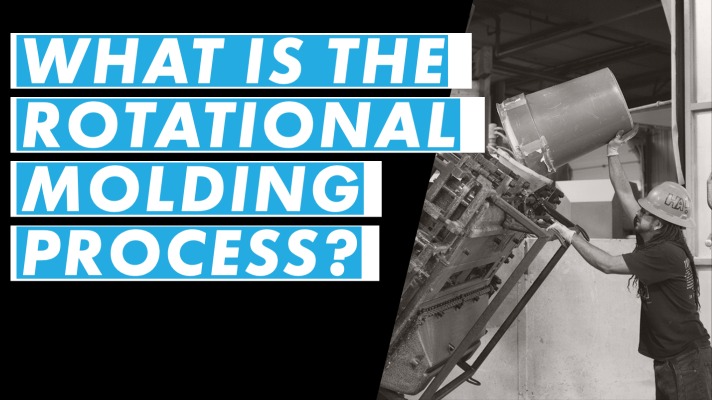Bringing Manufacturing Back to American Soil
We proudly join the movement to bring manufacturing back to American soil. At Remcon, we passionately support American businesses with durable products and innovative solutions to tackle everyday challenges. Our mission goes beyond just creating products; we seize every opportunity to support businesses that create new jobs in their communities.
Supporting U.S.-Based Innovation
We’re excited to see the Remcon Guardsafe® 36 Barricade in action at the new Intel chip plant in Ohio. This project represents a significant step toward securing the future of U.S.-based manufacturing and innovation.
Family-Owned Commitment to Excellence
As a family-owned business, Remcon strives to exceed customer expectations, proving that “Made in America” stands for excellence and reliability. Our commitment to quality and innovation means that every product we offer is designed to meet the highest standards and provide exceptional value to our customers.
Join Us in Building a Brighter Future
Join us in building a brighter future together. Whether you are a business looking for reliable solutions or an advocate for American manufacturing, Remcon is here to support you. Let’s work together to strengthen our communities and create a legacy of excellence that will last for generations.

